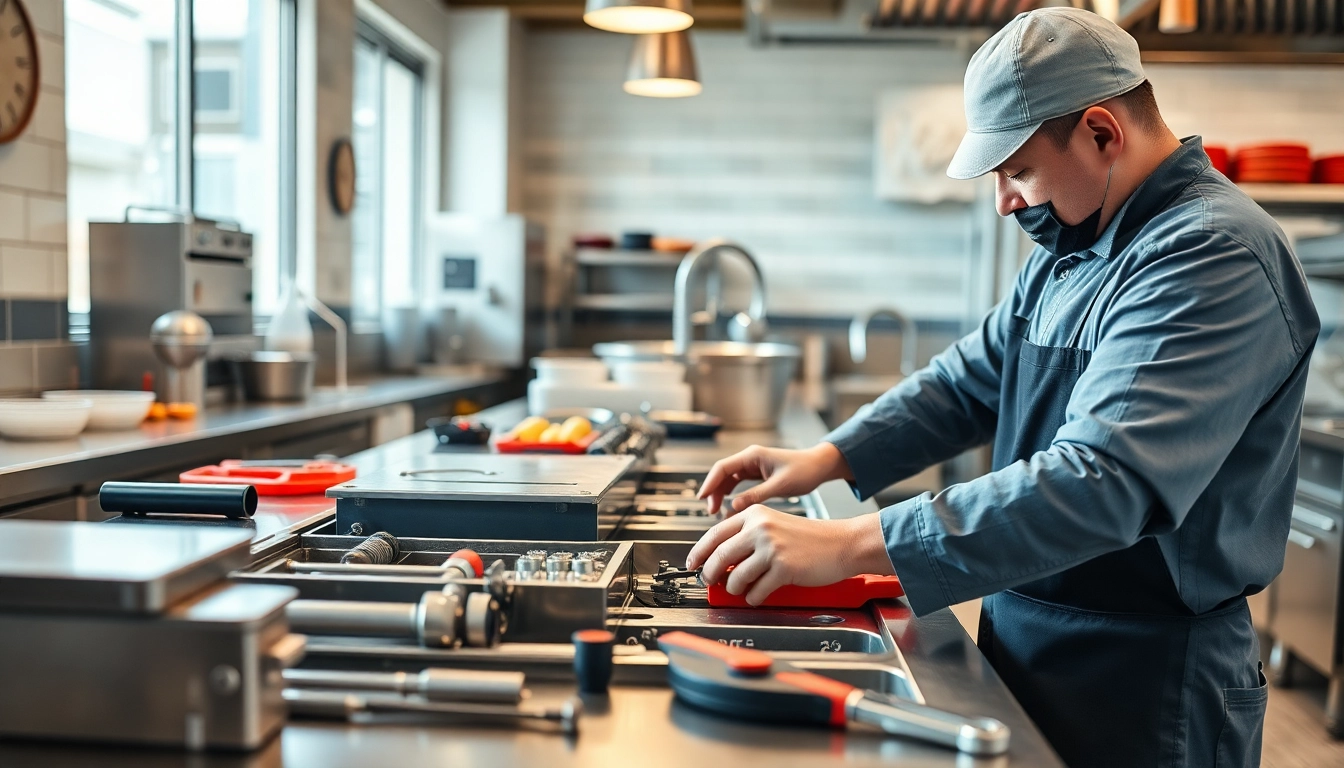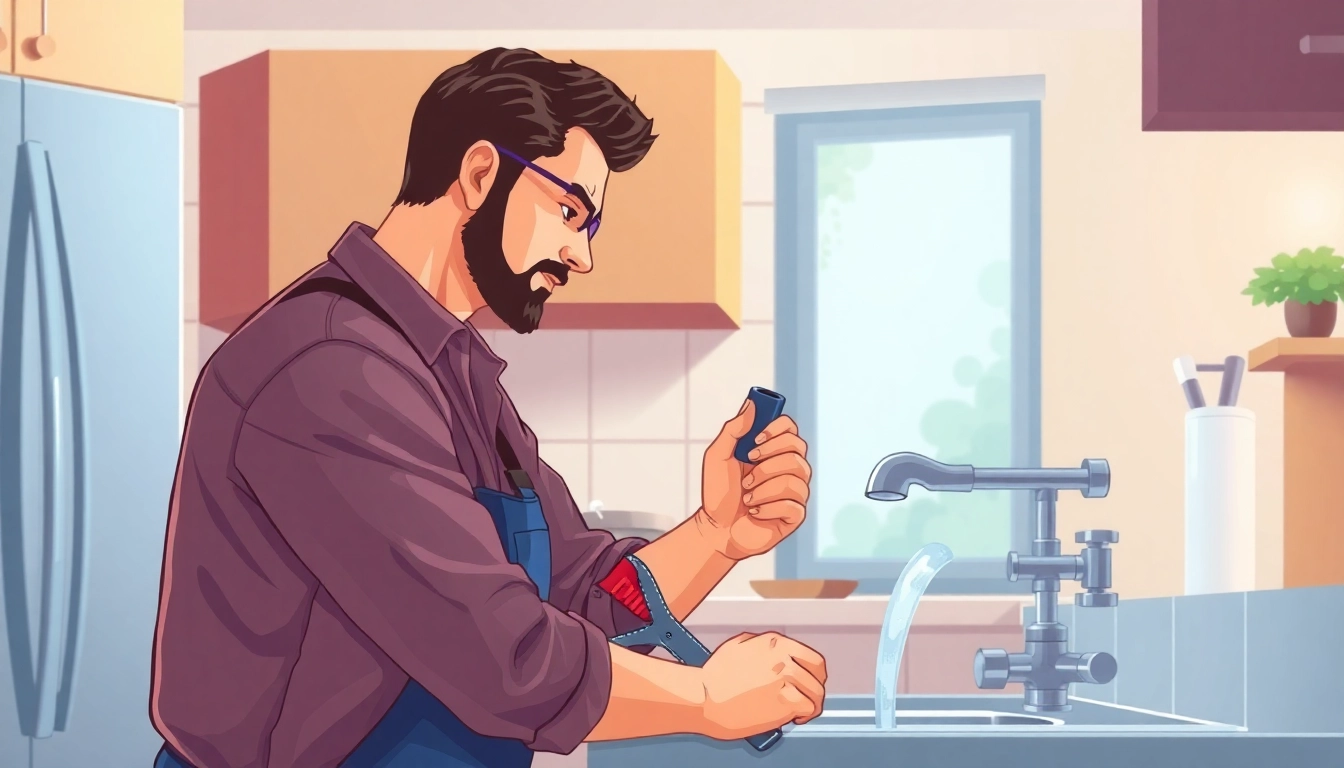Understanding Common Prep Table Issues
In the bustling environment of a commercial kitchen, prep table repair becomes an essential consideration for kitchen managers and chefs alike. Whether it’s a refrigerated prep table or a standard work surface, these pieces of equipment play a crucial role in food preparation and service efficiency. Understanding how to spot the signs of issues, common problems, and effective repair methods is vital to maintaining kitchen productivity and food safety.
Signs Your Prep Table Needs Repair
Many signs indicate that your prep table might need repair. Recognizing these early can save significant time and money. Here are some of the most common indicators:
- Temperature Inconsistency: If you notice that the contents of the prep table aren’t maintaining proper temperature, it could indicate a failure in the refrigeration system.
- Noisy Operation: Unusual noises such as buzzing or rattling can signal mechanical issues, pointing towards necessary repairs.
- Visible Damage: Cracks, rust, or dents on the surface of the prep table not only affect aesthetics but can also impact functionality and hygiene.
- Leaking Fluids: Any sign of leaks, whether from the refrigeration unit or plumbing, indicates a severe underlying issue that needs immediate attention.
- Ice Build-up: Excessive ice formation in the cooling compartments is a sign that the defrost function may not be working properly.
Common Problems in Refrigerated Prep Tables
Refrigerated prep tables are vital for maintaining food freshness, yet they are prone to several common issues:
- Thermostat Control Failure: This can lead to improper cooling, resulting in spoiled ingredients.
- Poor Door Seals: Deteriorated seals can cause temperature fluctuations and energy inefficiency.
- Compressor Issues: Problems with the compressor can have a cascading effect on overall cooling performance.
- Dirty Condenser Coils: If neglected, dirt on coils can lead to overheating and reduced energy efficiency.
- Electrical Failures: Issues with wiring or circuitry can disable the operation of a prep table altogether.
Diagnosing Performance Issues
Effectively diagnosing issues with prep tables involves both technical knowledge and hands-on investigation. Start by assessing temperature settings and compliance with manufacturer specifications. Check the state of door seals, ensuring they close properly and provide a tight fit to avoid temperature loss. If the unit is excessively noisy, troubleshooting should focus on the compressor and fan systems to identify worn or damaged components.
Steps for Effective Prep Table Repair
When it comes to repairing prep tables, a systematic approach is key. Below are the essential steps to ensure thorough and effective repairs.
Essential Repair Tools and Equipment
Before initiating repairs on a prep table, it’s essential to gather the right tools and equipment:
- Screwdrivers and Wrenches: Necessary for disassembling various components.
- Multimeter: Used to diagnose electrical components and verify voltage.
- Thermometers: Essential for checking temperature settings and ensuring food stays safe.
- Vacuum or Brush: Ideal for removing dust from condenser coils.
- Replacement Parts: Including seals, thermostats, and compressor components.
Step-by-Step Repair Process
Following a structured repair process is vital for efficiency:
- Turn Off the Power: Always start by disconnecting the unit from power to ensure safety.
- Makes a Visual Inspection: Check for visible damage or wear on components.
- Test Electrical Components: Use a multimeter to assess the functionality of electrical parts such as fuses and relays.
- Clean Components: Dust accumulation can affect performance; clean the condenser coils and other accessible parts.
- Replace Faulty Parts: Install new parts where necessary, ensuring they are properly fitted.
- Test the Unit: After repairs, turn the power back on and monitor the unit for any abnormal sounds or issues.
Safety Precautions to Take
Safety should never be compromised during repair. Follow these basic safety precautions:
- Always ensure the unit is powered off before starting any repairs.
- Use personal protective equipment, such as gloves and safety goggles.
- Handle sharp tools and components with care to avoid injury.
- Be cautious of moving parts when the unit is powered on.
Maintenance Best Practices for Prep Tables
Preventive maintenance is crucial for keeping prep tables in optimal condition and prolonging their operational life.
Daily, Weekly, and Monthly Maintenance Tasks
Establishing a routine maintenance schedule is essential. Suggested tasks include:
- Daily: Clean work surfaces and check temperature readings. Ensure that all food items are stored correctly.
- Weekly: Thoroughly clean condenser coils, check the functionality of door seals, and inspect for leaks.
- Monthly: Perform a more comprehensive inspection of electrical and mechanical components, replace worn-out seals, and test functionality under load.
Choosing the Right Cleaning Supplies
Selecting appropriate cleaning materials is vital for maintaining hygiene without damaging equipment. Opt for non-abrasive cleaners and sanitizers specifically designed for kitchen use. Avoid harsh chemicals that can corrode surfaces or compromise food safety.
Preventing Future Breakdowns
To minimize the risk of future issues, implement preventive strategies such as regular training for staff on equipment use and maintenance protocols. Additionally, create an environment conducive to quick repairs through easily accessible tools and replacement parts.
When to Call a Professional for Prep Table Repair
While many prep table repairs can be handled in-house, some scenarios warrant professional assistance.
Assessing Repair Costs vs. Replacement
When considering the costs of repairs versus the price of a new unit, weigh the age and condition of the prep table. If repair costs exceed 50% of a replacement unit, it is often more economical to invest in new equipment.
Finding Reliable Repair Services
Finding a trustworthy repair service is critical for ensuring quality work. Look for companies with positive reviews, certifications, and a transparent service history. Engage with local professionals who specialize in commercial kitchen equipment repair.
Understanding Warranties and Service Agreements
Always verify whether your prep table is still under warranty, as this can significantly affect repair costs. Additionally, explore service agreements that can provide regular maintenance checks, ensuring that your equipment operates smoothly year-round.
FAQs on Prep Table Repairs
Frequent questions about prep table repairs often revolve around maintenance practices, troubleshooting, and best practices.
How Can You Maintain Proper Temperature?
To maintain optimal temperature, regularly check and calibrate the thermostat. Ensure the door seals are tight, and avoid overloading the unit, as this can hinder air circulation.
What Are Common Misconceptions About Repairs?
One significant misconception is that all repairs are costly and time-consuming. In reality, timely and routine maintenance can prevent significant expenses and reduce downtime.
Tools Every Kitchen Should Have for Prep Table Care
An equipped kitchen should have essential tools, such as thermometers, cleaning brushes, a multimeter for electrical checks, and basic repair kits tailored for maintenance tasks.



